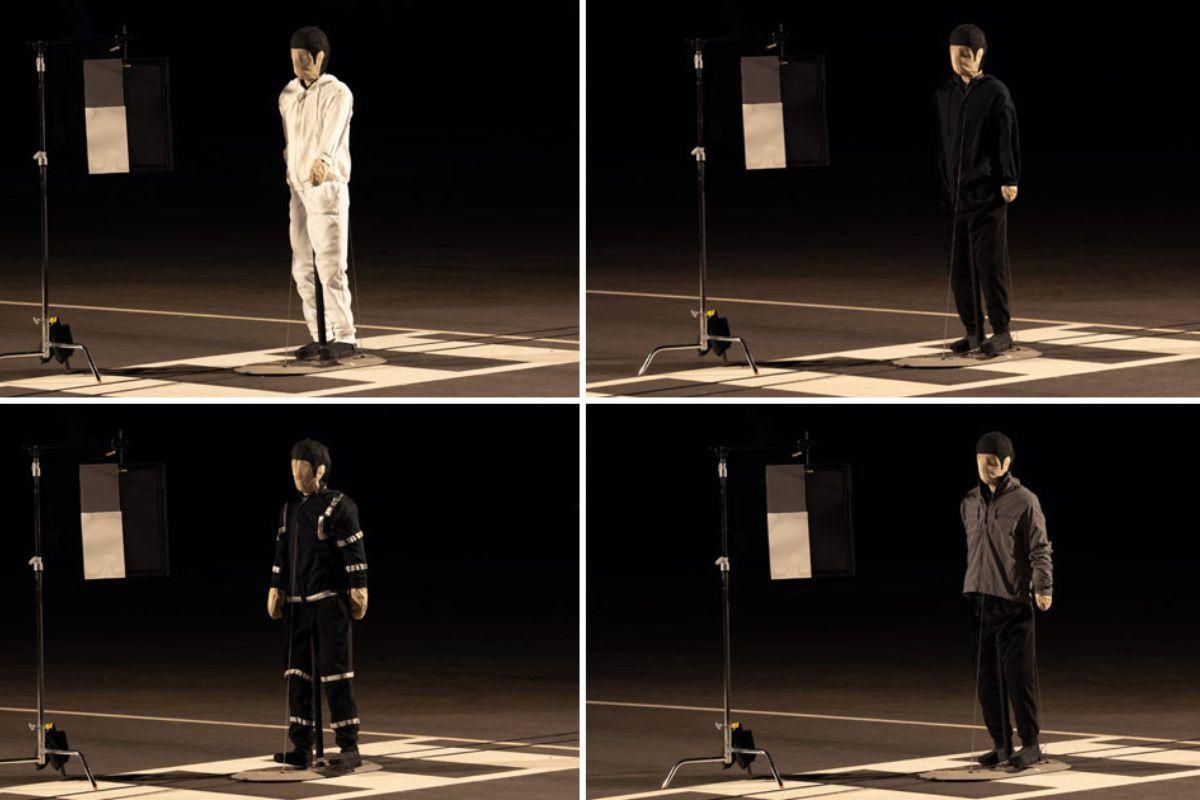Reflective safety gear, meant to protect pedestrians and roadway workers, may hinder the effectiveness of automated crash prevention systems, a new study by the Insurance Institute for Highway Safety (IIHS) revealed.
The findings raise concerns about the compatibility of widely used safety measures and emerging vehicle technologies.
The study examined pedestrian automatic emergency braking (AEB) systems in three 2023 vehicle models -- the Honda CR-V, Mazda CX-5 and Subaru Forester -- testing their responses to various clothing types under different lighting conditions. Results revealed significant disparities in performance, with some systems failing to detect pedestrians wearing reflective clothing designed to make them more visible.
“These results suggest that some automakers need to tweak their pedestrian automatic emergency braking systems,” said IIHS President David Harkey. “It’s untenable that the clothes that pedestrians, cyclists and roadway workers wear to be safe may make them harder for crash avoidance technology to recognize.”
Testing involved an adult-sized dummy dressed in various outfits, including all-black clothing, reflective jackets, white clothing and retroreflective strips simulating roadway worker gear. Trials were conducted at 25 mph under lighting conditions ranging from no illumination to the federally recommended 20 lux.
The Subaru Forester demonstrated superior performance, avoiding collisions in nearly all scenarios, except one. In contrast, the Honda CR-V and Mazda CX-5 frequently failed to detect the dummy, especially when dressed in reflective strips or under low lighting conditions. Both vehicles performed better with additional roadway lighting but struggled with specific clothing types.
“The placement and motion of reflective strips on the joints and limbs of pants and jackets allows drivers to quickly recognize the pattern of movement as a person,” said David Kidd, a senior research scientist at IIHS. “Unfortunately, the moving strips didn’t have the same effect for the pedestrian AEB systems we tested and probably confounded their sensors.”
The findings show the importance of addressing gaps in AEB technology. While past IIHS research found these systems reduce pedestrian crashes by 27% during the day, their effectiveness on dark roads is negligible.
“This is a worrisome blind spot,” Harkey noted. “To make good on their potential, pedestrian detection systems have to work with the other commonly used safety measures.”
Automakers are already working to improve nighttime AEB performance in response to IIHS testing protocols emphasizing nighttime capabilities. However, this study shows the need for further adjustments to ensure pedestrian detection systems can accurately recognize individuals wearing standard safety gear.













